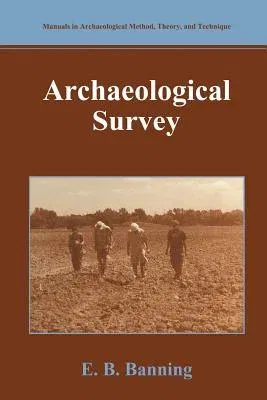E B Banning
(Author)Archaeological SurveyPaperback, 31 October 2002

Qty
1
Turbo
Ships in 2 - 3 days
In Stock
Free Delivery
Cash on Delivery
15 Days
Free Returns
Secure Checkout
Part of Series
Manuals in Archaeological Method, Theory and Technique
Part of Series
Manuals in Archaeological Method, Theory, and Technique
Part of Series
Manuals in Archaeological Method, Theory and Technique Manua
Print Length
273 pages
Language
English
Publisher
Springer
Date Published
31 Oct 2002
ISBN-10
0306473488
ISBN-13
9780306473487
Description
Product Details
Author:
Book Format:
Paperback
Country of Origin:
US
Date Published:
31 October 2002
Dimensions:
23.19 x
15.9 x
1.6 cm
ISBN-10:
0306473488
ISBN-13:
9780306473487
Language:
English
Location:
New York, NY
Pages:
273
Publisher:
Series:
Weight:
421.84 gm

